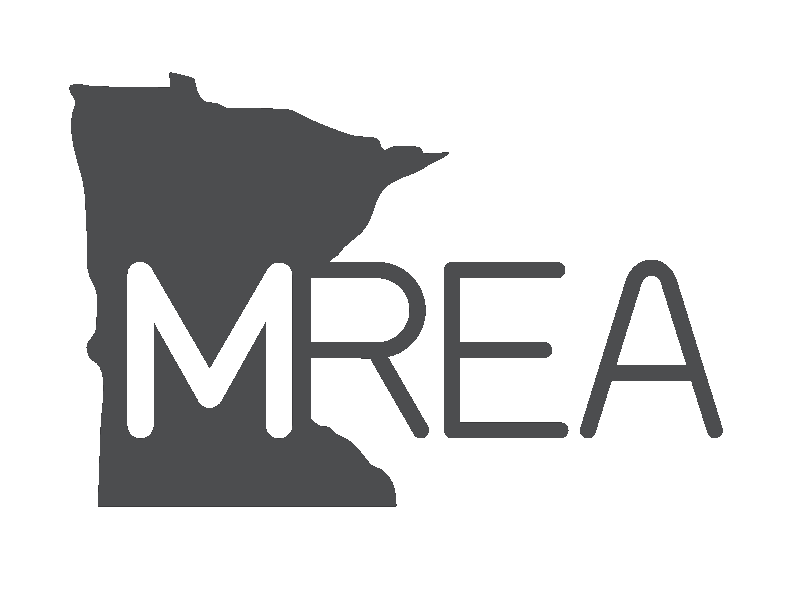You’ve probably seen it in the news – both the North American Electric Reliability Council (NERC), the organization charged with maintaining the reliability of the US electric grid, and the Midcontinent Independent System Operator (MISO), the Midwest’s grid operator, have warned of possible generation shortfalls and power outages over the next several years. So far, rolling blackouts haven’t materialized this summer, but what might these warnings mean for cooperative member-owners?
Reliability concerns span farther than this summer season. As the electric industry continues the integration of weather-dependent resources like wind and solar, maintaining a reliable electric system over the coming decade will be an increasing challenge. The challenge is heightened as more sectors of the economy are transitioned to be powered by electricity. Reliability and affordability are the cornerstones of electric service from Minnesota’s electric cooperatives. Co-op member-owners can rest assured that their electric cooperatives will not compromise on maintaining reliable, affordable service, now or in the future.
To ensure reliability, electric utilities in the Midwest will continue to rely on baseload resources like coal-fired power plants, large hydroelectric dams and nuclear generation. In addition, dispatchable natural gas plants, high-voltage transmission and energy storage will be critical to maintaining the high levels of reliability cooperative members expect and deserve.
Natural Gas Generation
A key part of the power supply transition that electric cooperatives are undergoing is to incorporate more renewable resources onto the grid, both to respond to member expectations and to reduce power supply costs and emissions. However, electricity supply from wind and solar generation fluctuates based on variables such as weather and time of day. To continue ensuring reliability, these variable renewable resources must be paired with dispatchable natural gas generation, at least and until long-term battery storage is cost-effective and fully demonstrated. As noted by NERC in its recent long-term reliability assessment, natural gas is the reliability “fuel that keeps the lights on” and “natural-gas-fired generation will remain a necessary balancing resource to provide increasing flexibility needs.
Energy Storage
Electric cooperatives all over the state are installing storage at various points on their systems, learning through experience and from each other how energy storage deployment can benefit their members. For example, Connexus Energy’s innovative solar-plus-storage project is one of the first in the nation to use batteries integrated with a solar array to align the energy delivery to when it is most valuable. This project adds 10 megawatts of renewables to Connexus’ energy mix with 15 megawatts of battery storage. MiEnergy Co-op has implemented a residential battery storage pilot to test how switching a home’s electricity source from the grid to a battery and back can help manage electricity during peak periods.
As the economics of energy storage continue to improve, Minnesota’s electric cooperatives will expand the deployment of these systems.
Additional High Voltage Transmission
Additional high-voltage transmission in the Midwest is also critical to address multiple threats; looming generation shortfall in the region, increasing frequency of extreme weather events, and the need to connect low-cost renewable resources dispersed throughout the region. After years of considerable hard work by Great River Energy, Dairyland Power, and other transmission-owning utilities in the Midwest and the MISO staff, the MISO board recently approved the largest buildout of transmission in the Midwest in recent history – a $10.3 billion package of 18 power lines aimed at shoring up grid reliability across several Midwestern states. These 18 lines are only the first of several “tranches” of transmission being planned for the Midwest.
Cooperatives Prioritize Reliability
If you’re a member of an electric cooperative, you have a vote and a voice in the decisions that impact your utility service. Electric cooperatives provide electric service to their members at cost with no shareholders expecting to earn a profit on that service. Cooperatives are motivated by a culture of service to their members, not profit margins. As part of this culture of service, Minnesota’s electric cooperatives will continue to prioritize reliability for members during this time of historic industry change.
The cooperative business model is long-proven to ensure competitive energy costs, reliability, responsible energy infrastructure investments, and community and economic development. Minnesota’s member-owned cooperatives will continue to provide members with reliable, affordable, and increasingly clean electricity in a time of transition, innovation, and new technology.
